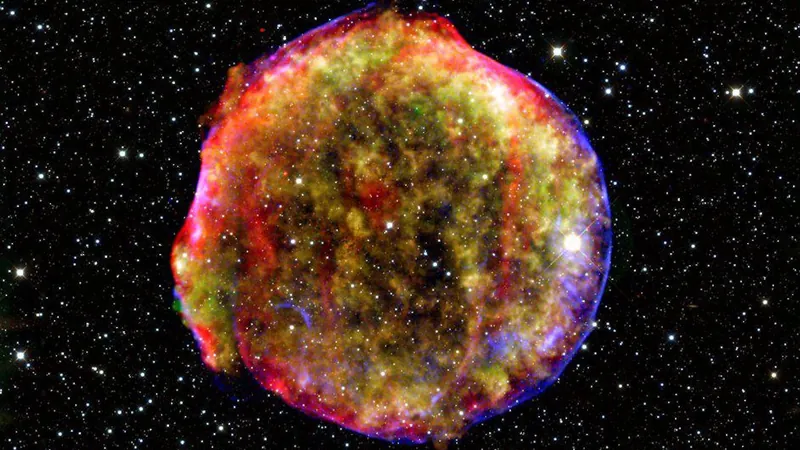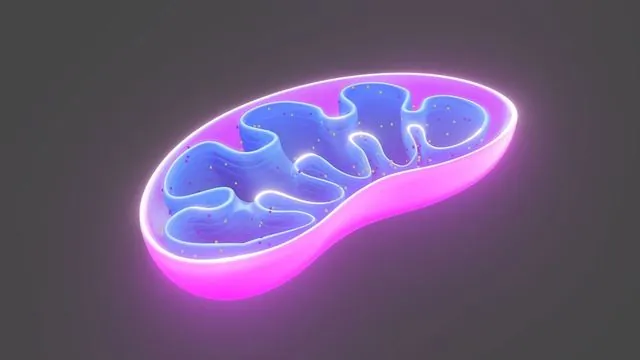
Unveiling the Universe's Most Potent Particle Colliders: Supernovas!
2025-05-25
Author: Ming
Supernovas: The Cosmic Powerhouses
Imagine a fiery explosion that not only lights up the cosmic stage but also creates some of the most powerful particle colliders in the universe! New research reveals that supernovas—massive star explosions—can be stellar particle powerhouses, but only if they have enough gas in their vicinity before they go supernova.
The Mystery of Cosmic Rays
For nearly a century, astronomers have been on a quest to understand cosmic rays—high-energy particles streaming from the depths of the universe. These cosmic rays are primarily protons, with occasional heavier nuclei, that manage to pierce through Earth's defenses, striking our planet roughly once every second!
A New Era of Energy Understanding
These cosmic rays come in various energy levels, with the most formidable among them reaching up to one peta-electron volt (PeV)—that’s a staggering one quadrillion electron volts! To put this in perspective, that’s up to a thousand times more powerful than the collisions generated by the Large Hadron Collider, the most advanced atom smasher on Earth.
Supernovas: The Shockwave Exhibition
Astronomers have long hypothesized that supernovas are responsible for unleashing these extreme cosmic rays. The key ingredients are there: explosive energy, an outpouring of elementary particles, and intense magnetic fields. However, studies of nearby supernova remnants like Tycho and Cassiopeia A have offered weaker-than-expected cosmic ray energy readings.
The Breakthrough Discovery
A groundbreaking paper published in Astronomy & Astrophysics brings new hope to the supernova theory, suggesting that under certain circumstances, these stellar explosions can indeed act as "PeVatrons"—engines that generate PeV cosmic rays. The research indicates that for a star to reach this monumental state, it must shed significant mass—at least twice that of our sun—before exploding. This phenomenon is commonly triggered by powerful stellar winds stripping away the outer layers.
The High-Energy Dance of Particles
Here’s where it gets wild: when the supernova detonates, the shockwave collides with this dense shell of material. As the shockwave races through, it creates extraordinarily powerful magnetic fields that turbocharge particles. These particles bounce off each other within the shockwave, gaining energy with every collision until they finally escape into the cosmos.
The Energy Fizzles Out
But don't blink! This high-energy spectacle doesn't last long. Within months, the shockwave slows down, continuing to produce cosmic rays, but unfortunately, they rarely surpass the PeV energy threshold.
In a universe filled with mysteries, the study of supernovas and their capacity to unleash cosmic rays is a thrilling frontier, promising insights that reach far beyond our earthly confines.


 Brasil (PT)
Brasil (PT)
 Canada (EN)
Canada (EN)
 Chile (ES)
Chile (ES)
 Česko (CS)
Česko (CS)
 대한민국 (KO)
대한민국 (KO)
 España (ES)
España (ES)
 France (FR)
France (FR)
 Hong Kong (EN)
Hong Kong (EN)
 Italia (IT)
Italia (IT)
 日本 (JA)
日本 (JA)
 Magyarország (HU)
Magyarország (HU)
 Norge (NO)
Norge (NO)
 Polska (PL)
Polska (PL)
 Schweiz (DE)
Schweiz (DE)
 Singapore (EN)
Singapore (EN)
 Sverige (SV)
Sverige (SV)
 Suomi (FI)
Suomi (FI)
 Türkiye (TR)
Türkiye (TR)
 الإمارات العربية المتحدة (AR)
الإمارات العربية المتحدة (AR)